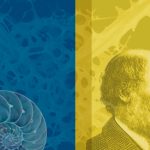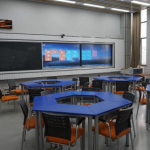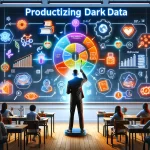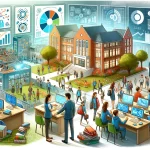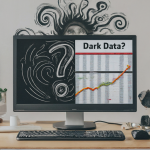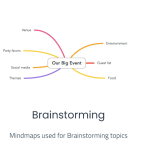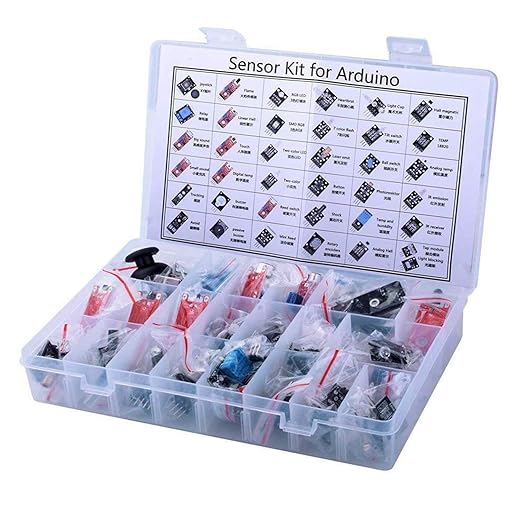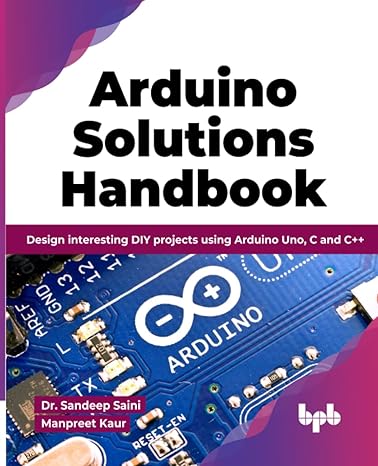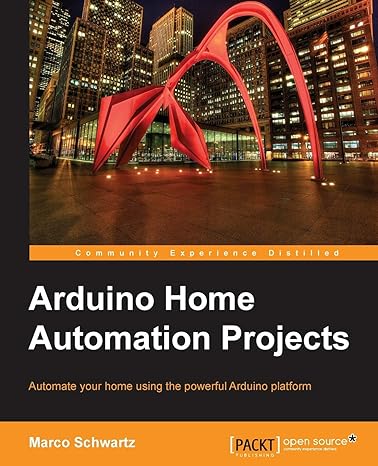Explore, Learn, Achieve: Your Physics Journey Starts Here
When we talk about data in education, we often think of grades, attendance, and standardized test scores. But there’s a lot of data that we don’t usually consider, often called dark data. This dark data can provide deep insights into how students learn and where our educational systems might be failing them. As educators, we need to look beyond the obvious metrics and start mining this hidden wealth of information.
What is Dark Data in Education?
Dark data in education refers to the data that’s collected but not used effectively. This includes classroom interactions, student behavior, feedback forms, and even socio-economic backgrounds. These elements can offer a richer picture of a student’s educational experience, far beyond what test scores can show.
The Problem with Current Metrics
Our current educational system heavily relies on rote learning and standardized exams. This approach often misses the nuances of student understanding and engagement. For example, a student might excel in a practical project but fail a written test. The test scores don’t reflect their true capabilities. Here, dark data like classroom participation and project performance can provide more context.
Dark Data extraction using Sensors:
Let’s consider smart classrooms equipped with various sensors. These sensors can track when students are engaged or distracted during lessons. By analyzing this data, we can identify which teaching methods work best and which topics need more attention. If a particular lesson consistently results in distracted students, it might indicate that the teaching method needs adjustment. One can construct these sensing applications using the set of sensors which are available in Amazon. You can click on the below kit images to but these sensors along with Arduino at a nominal cost.
Here are some examples of classroom sensors that can be used to collect dark data and enhance the learning environment:
-
Motion Sensors: These detect movement within the classroom. They can help track student activity and engagement, such as how often students move around, approach the teacher’s desk, or interact with peers.
-
Sound Sensors: These measure the noise levels in the classroom. High noise levels might indicate group work or discussions, while sudden spikes could signal disruptions. Sound data can help in understanding classroom dynamics and managing classroom behavior.
-
Temperature and Humidity Sensors: These monitor the classroom’s environmental conditions. Comfort levels can impact student concentration and performance. Data from these sensors can be used to adjust heating and cooling systems for optimal learning conditions.
-
Light Sensors: These track the lighting conditions in the classroom. Proper lighting is crucial for student focus and reducing eye strain. Data can be used to ensure that lighting levels are appropriate for various activities, such as reading or computer work.
-
CO2 Sensors: These measure the concentration of carbon dioxide in the classroom. High levels of CO2 can affect cognitive function and alertness. Monitoring and controlling ventilation can help maintain air quality, ensuring a healthy learning environment.
-
Seat Occupancy Sensors: These sensors detect if a student is present at their desk. They can provide data on attendance, participation, and even help track how often students leave their seats during a lesson.
-
RFID Attendance Systems: These systems use RFID tags to automatically record when students enter and leave the classroom. This data can help in understanding attendance patterns and tardiness.
-
Interactive Whiteboard Sensors: These can track how often and how students interact with the whiteboard. Data from these interactions can show engagement levels and how effectively students are using provided resources.
-
Biometric Sensors: Wearable devices like smartwatches can monitor heart rates, stress levels, and other biometric data. This information can provide insights into student well-being and stress during different activities or times of the day.
-
Eye-Tracking Sensors: These advanced sensors can monitor where students are looking during a lesson. This data helps understand what parts of the lesson or materials grab students’ attention and what might be causing distractions.
By integrating these sensors into the classroom, educators can gather comprehensive data to understand and improve the learning environment. The insights gained from this dark data can inform teaching strategies, classroom management, and resource allocation, ultimately enhancing student learning outcomes.
Disclaimer: Please note that this post includes affiliate links. This means that if you click on any of the images or links in this article and make a purchase, I may receive a commission at no extra cost to you. This helps support my blog and allows me to continue to provide valuable content. Thank you for your support!

